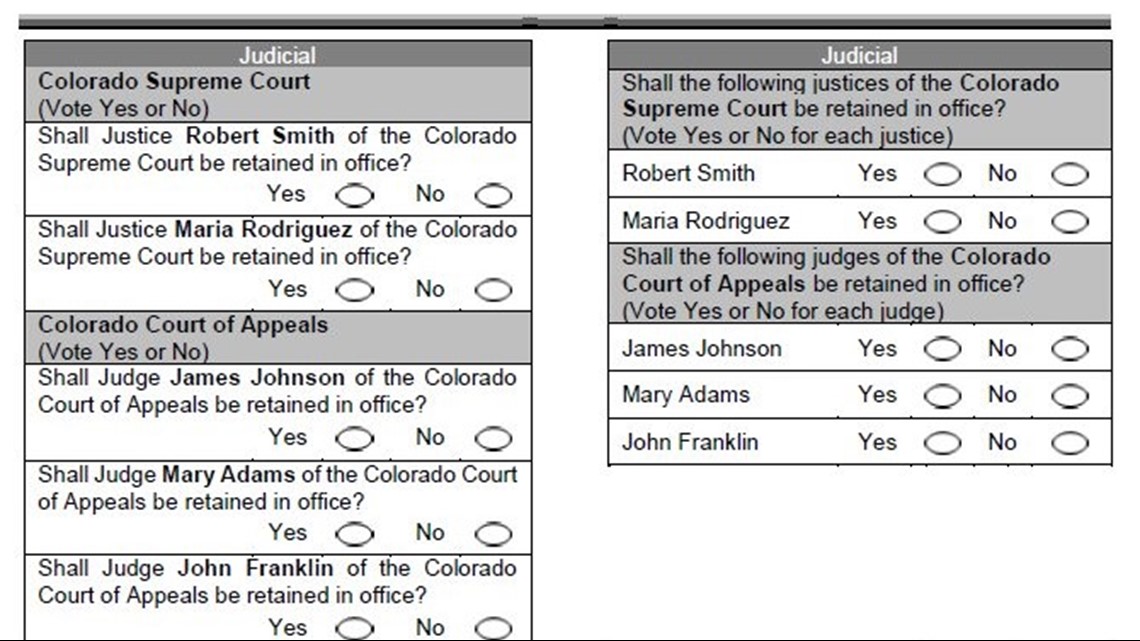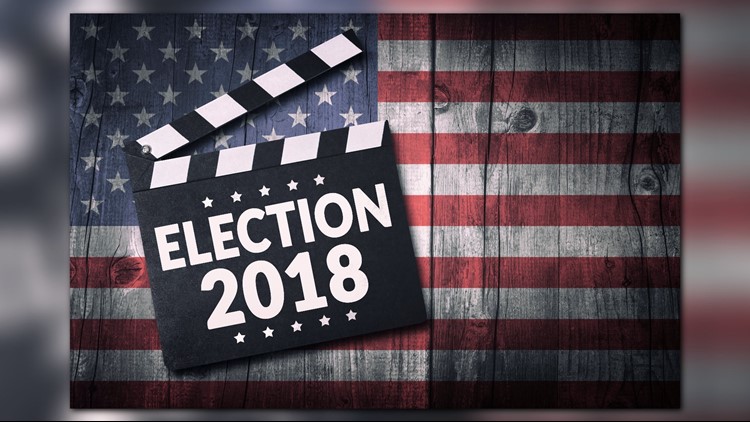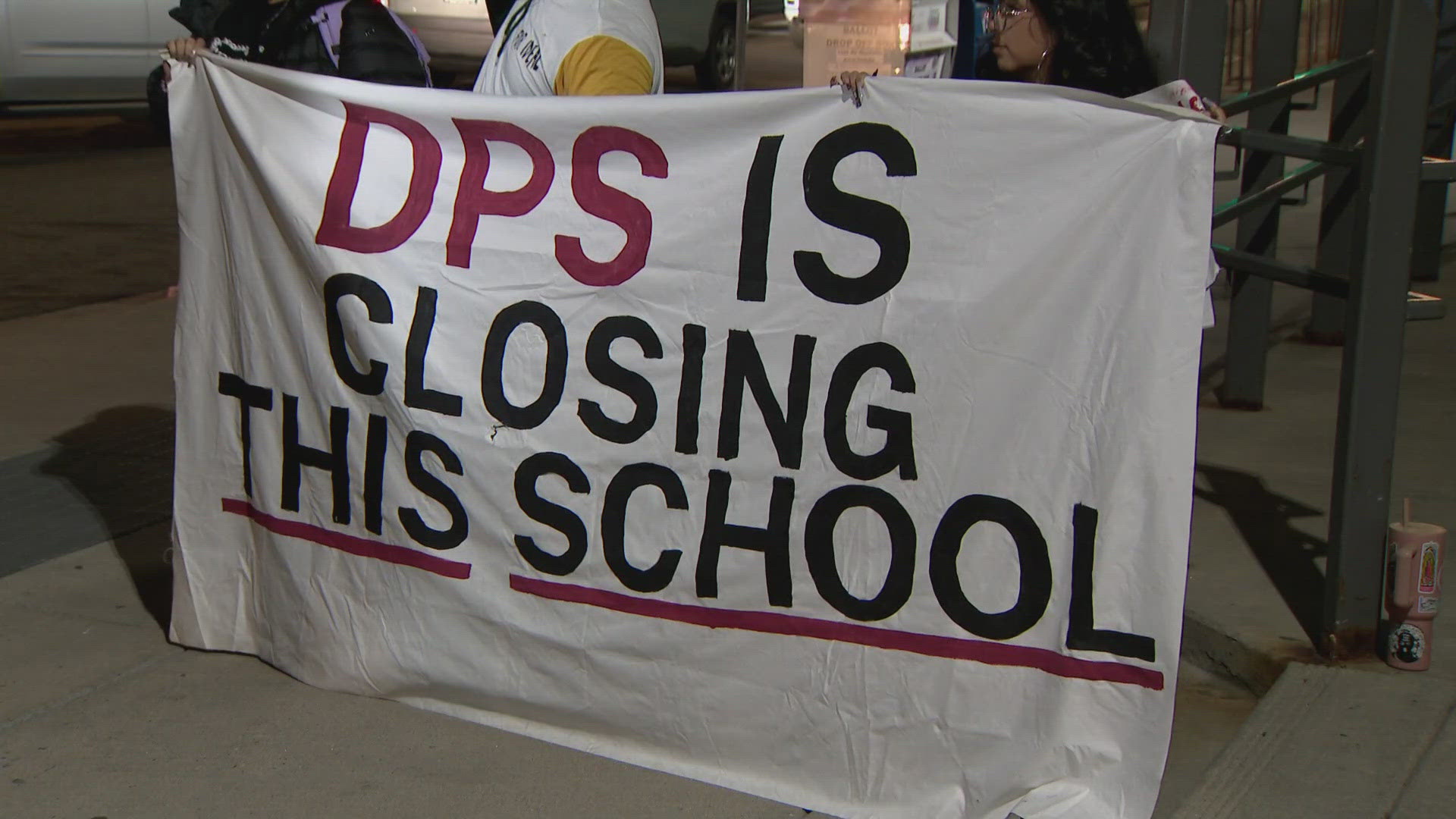Amendment W proposes amending the Colorado Constitution to change the ballot format for judicial retention elections. The change would remove the requirement that a retention question be asked for each justice and judge.
Amendment W was referred to voters by the state legislature. It had support from a bipartisan group of state senators and representatives.
The text of the bill is dense and not easy to understand. To help make sense of Amendment W, it’s a lot easier to read the legislative ballot analysis.
Background
In 1966, Colorado voters approved a constitutional amendment that repealed the partisan election of justices and judges and enacted the current process. This process requires justices and judges to be nominated by a judicial nominating commission and then appointed by the Governor. Thereafter, justices and judges must go before voters in a retention election to maintain their seat on the bench. Justices or judges do not face an opponent and retain their position if the majority of voters cast a “yes” vote.
Colorado state court types
Colorado law requires judicial retention elections for all levels of state courts, including the Supreme Court, district courts, county courts, City and County of Denver Probate Court, Denver Juvenile Court and any other state court created by the state legislature, such as the Court of Appeals.
Current ballot format
Under current law, ballots must be formatted according to the type of office up for election. Federal offices are required to be first on the ballot, followed by state, county and local offices. The judicial retention candidates are listed after the county or local officers, but before the introduction of ballot measures. For judicial retention elections, the Colorado Constitution requires that a separate question be placed on the ballot for each justice or judge up for retention as follows: “Shall Justice (Judge) ... of the Supreme (or other) Court be retained in office?” YES/NO
Judicial retention ballot format under Amendment W
Amendment W requires the county clerk and recorder to display the retention question once for each court type followed by a list of each individual justice or judge seeking retention on that court with the “yes” or “no” option next to each name.
The legislature’s ballot analysis of Amendment W included a sample judicial retention ballot. Actual ballots may look different than the sample ballots.


Argument For
Amendment W helps make the ballot more concise and reader-friendly. A well-designed and shorter ballot will allow voters to complete it more efficiently, which may encourage voter participation. A more compact ballot may also save counties printing and mailing costs, particularly in more populous counties that elect multiple justices or judges and counties that are required to print ballots in both English and Spanish.
Argument Against
Amendment W is unnecessary and risks confusing voters. Under the changes proposed in Amendment W, voters may be uncertain whether they are casting votes in a multi-candidate election or for each individual justice or judge. This potential confusion may increase the likelihood that voters will skip judicial retention questions.
Estimate of Fiscal Impact
Local government impact. Amendment W decreases county clerk and recorder workload by a minimal amount and may reduce ballot printing and mailing costs.
Amendment W does not have any registered issue committees, either in favor or against.



